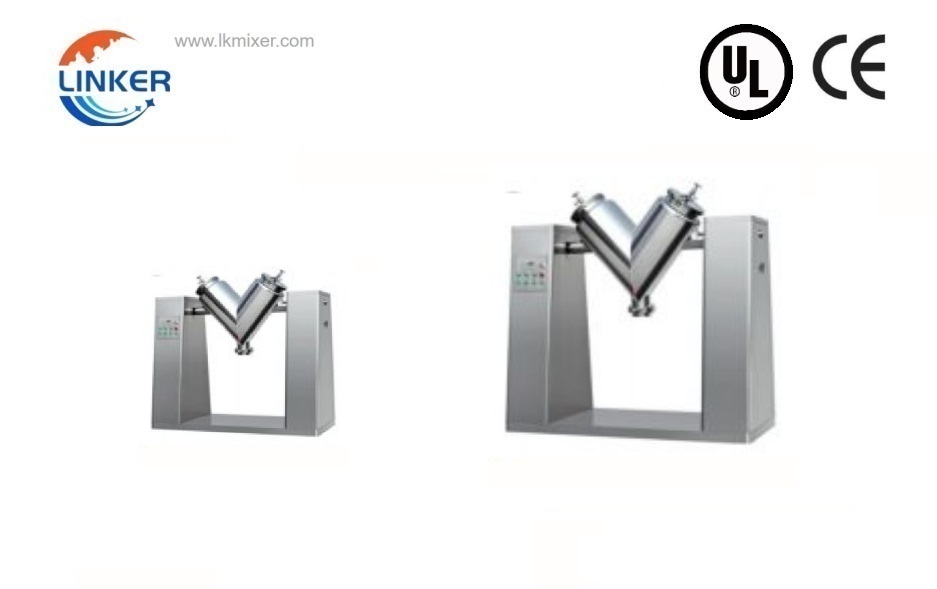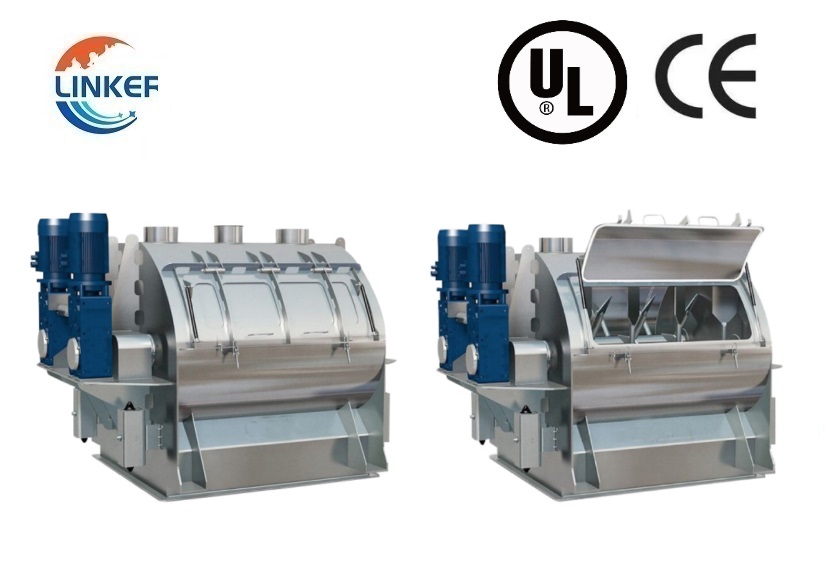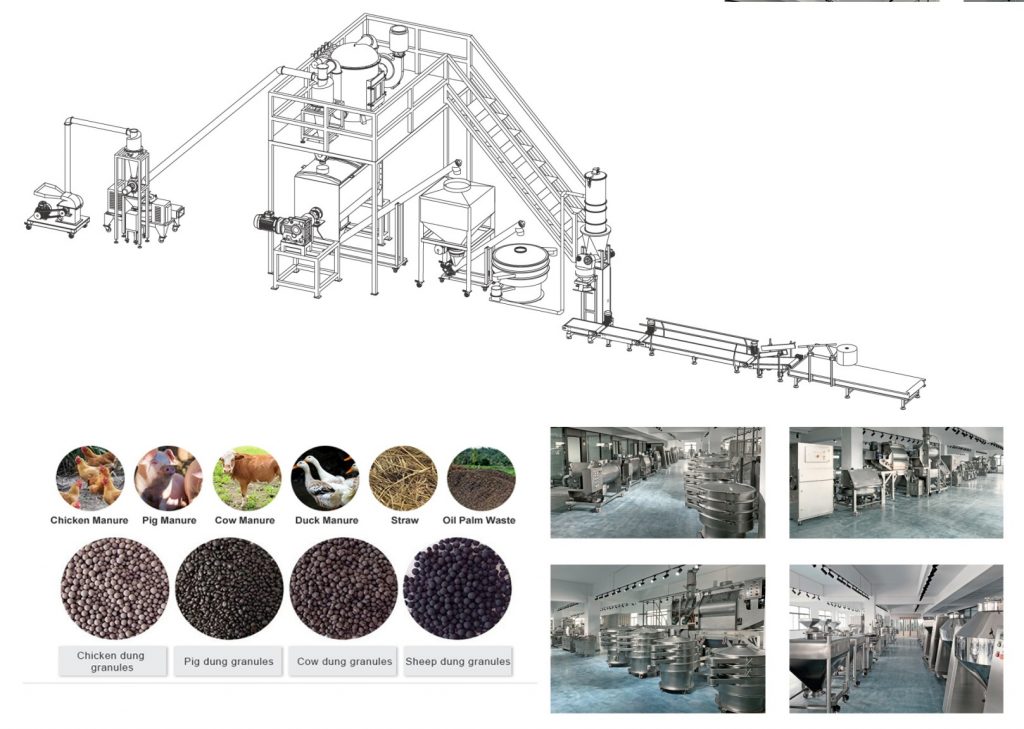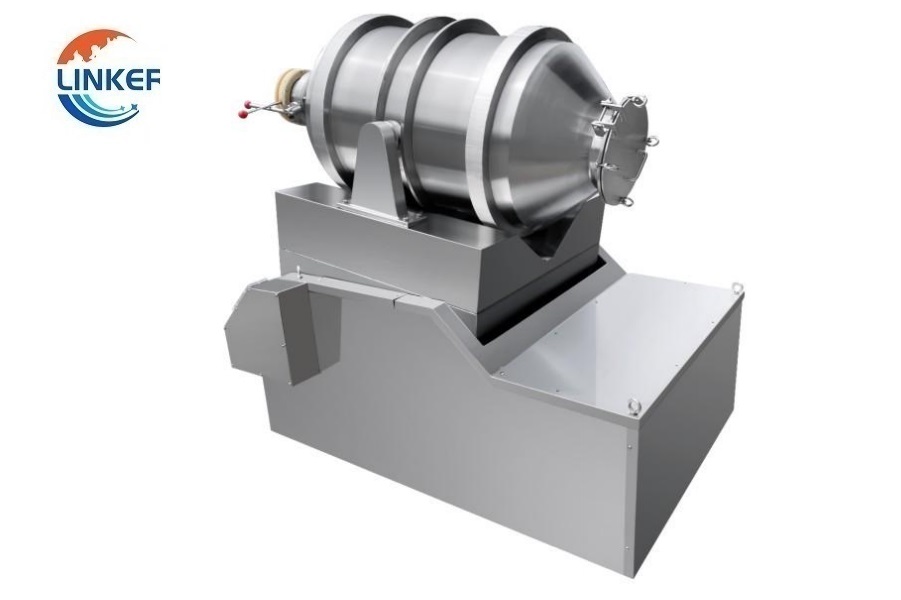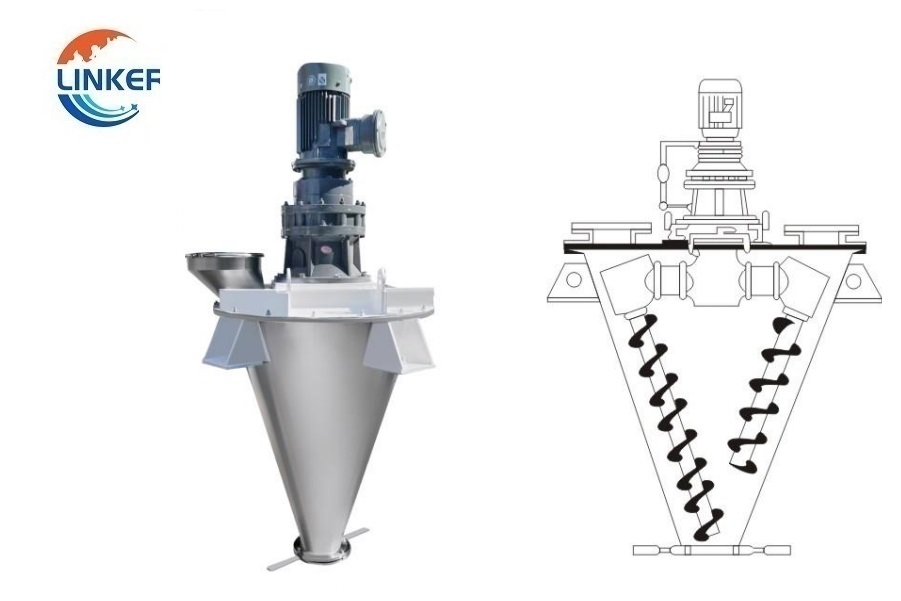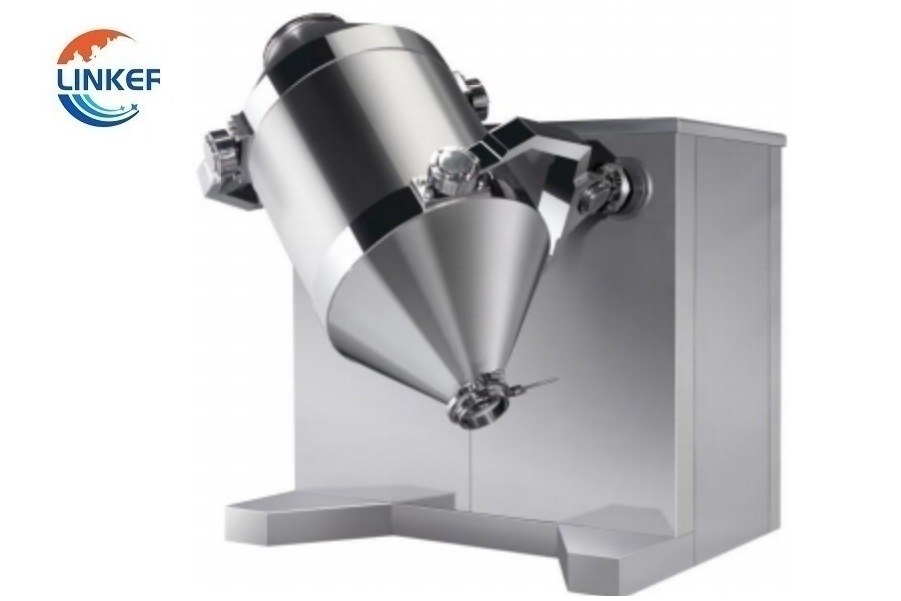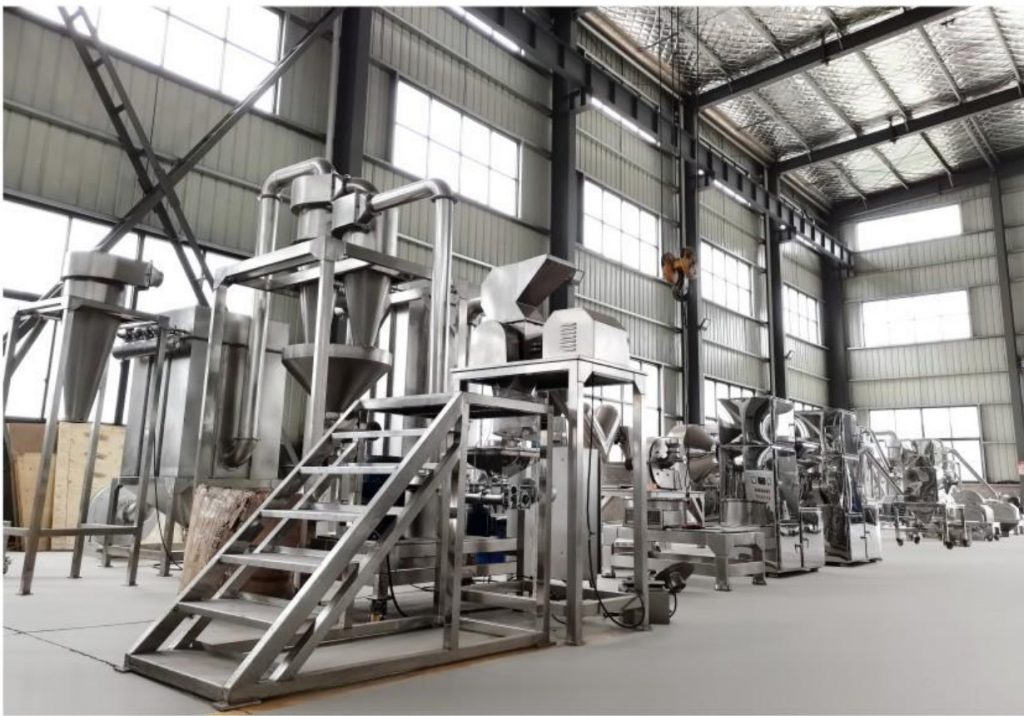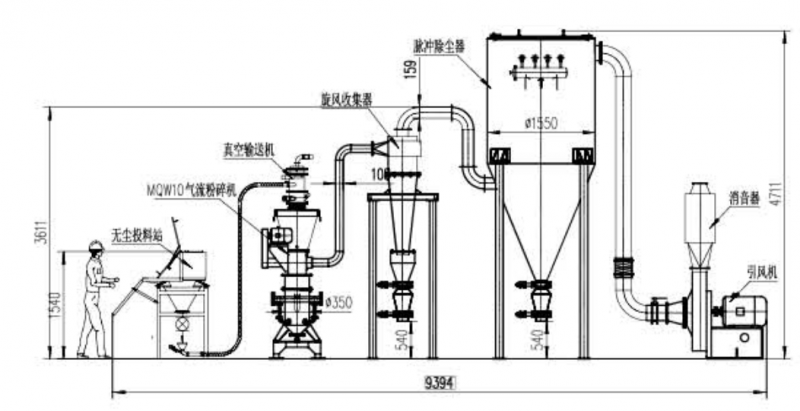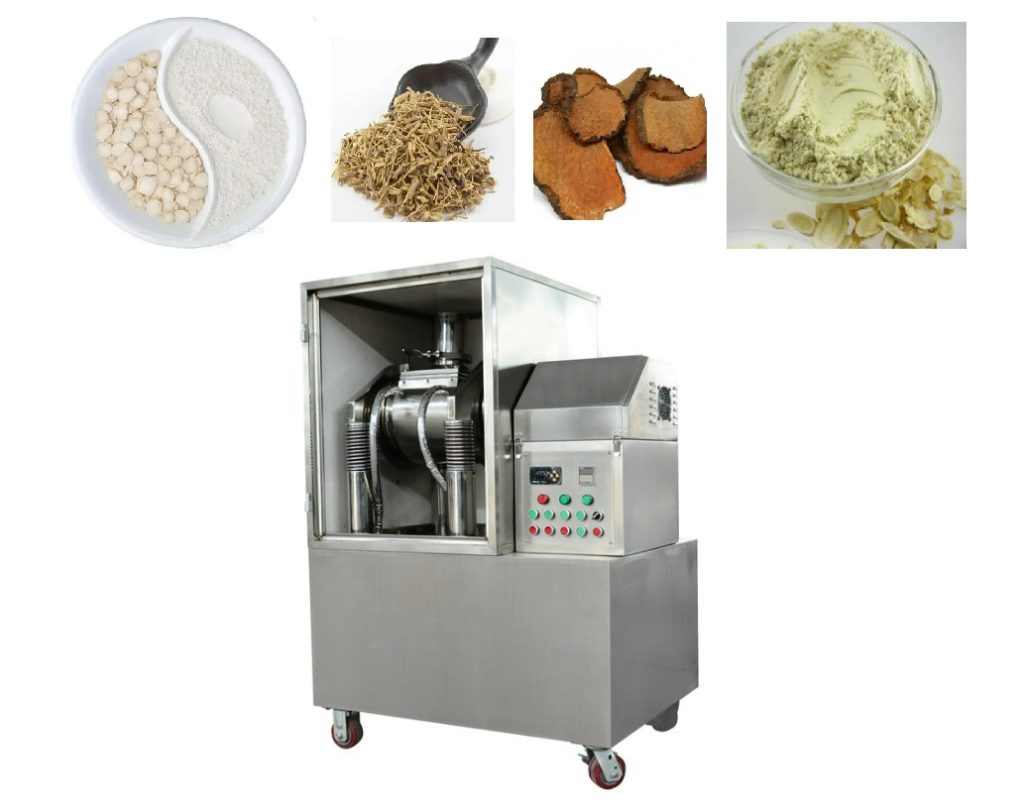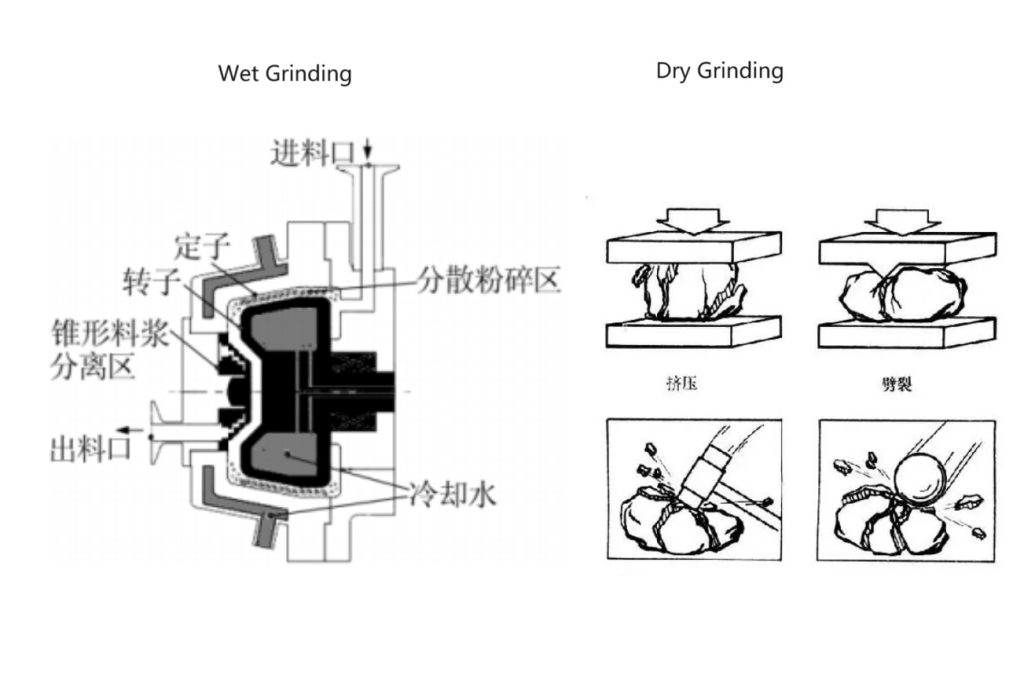The advantages and disadvantages of Mixers?
Mixers are electronic devices that combine two or more signals into one output signal. They are commonly used in audio and radio frequency applications. There are some advantages and disadvantages of mixers.
I. Introduction
Explanation of mixers and their purpose
Mixers are stainless stell electronic devices that are used to combine two or more signals into a single output signal. The purpose of mixers is to perform signal processing operations on the input signals, which can include frequency translation, amplification, and filtering.
Mixers are commonly used in various applications, such as radio frequency (RF) communication systems, audio systems, and instrumentation. In RF communication systems, mixers are used to upconvert or downconvert the frequency of a signal to match the desired frequency range of the system. In audio systems, mixers are used to combine multiple audio signals, such as microphones or instruments, into a single output signal. In instrumentation, mixers are used to perform signal processing operations on input signals from sensors or other instruments.
Overall, mixers are essential components in many electronic systems and are used to perform a wide range of signal processing functions, making them a fundamental component in modern electronics.
Brief overview of the importance of mixers in various applications
Mixers are important in various applications because of their ability to combine and process signals in a way that is essential for many electronic systems. Here are some examples:
- Radio frequency (RF) communication systems: In RF systems, mixers are used to convert the frequency of a signal to match the desired frequency range of the system. This allows for the transmission and reception of signals over long distances.
- Audio systems: In audio systems, mixers are used to combine multiple audio signals, such as microphones or instruments, into a single output signal. This allows for the creation of complex audio recordings, live performances, and other applications.
- Instrumentation: Mixers are used in instrumentation to process signals from sensors or other instruments. This allows for the collection and analysis of data in various applications, such as scientific research and industrial control systems.
- Test and measurement: Mixers are used in test and measurement applications to combine and analyze signals from various sources. This allows for the accurate measurement of signal characteristics, such as frequency, amplitude, and phase.
Overall, mixers are an important component in many electronic systems and are essential for performing a wide range of signal processing functions. Their ability to combine and process signals makes them an essential tool for various applications in science, engineering, and technology.
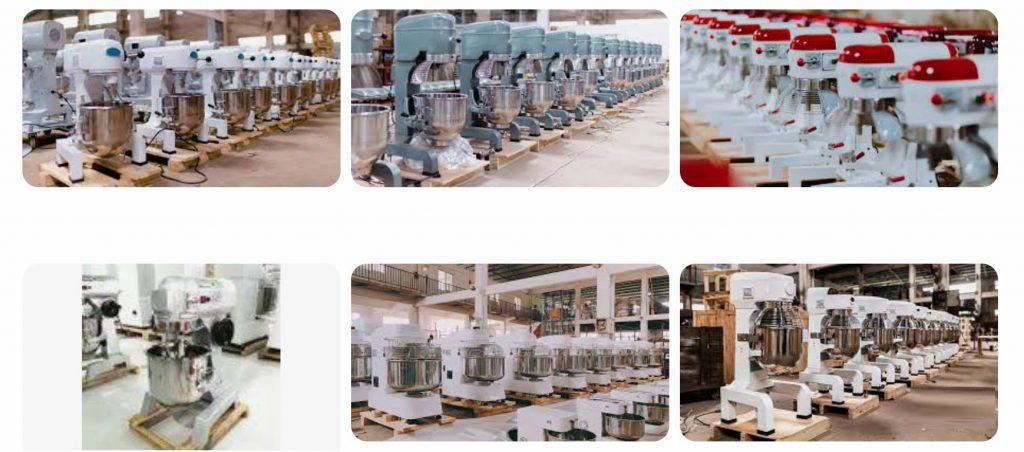
II. Advantages of mixers
Here are some advantages of mixers:
- Frequency translation: Mixers are used to shift the frequency of a signal to a different frequency range. This is useful in many applications, such as frequency upconversion, downconversion, and image rejection. For example, in RF communication systems, mixers are used to shift the frequency of a signal to a frequency range that can be transmitted over long distances.
- Signal isolation: Mixers can be used to isolate a signal from another, which is important in communication systems to avoid interference between different signals. For example, in a receiver, a mixer can be used to select the desired signal from a range of incoming signals, while rejecting unwanted signals.
- Signal processing: Mixers can perform signal processing operations, such as filtering and amplification, to improve the quality of the output signal. For example, in audio systems, mixers can be used to adjust the level and tone of different audio signals before they are combined into a single output signal.
- Multiplexing: Mixers can be used to combine multiple signals into a single output, which is useful for multiplexing applications. For example, in a radio station, a mixer can be used to combine different audio signals into a single output signal that can be broadcasted over the airwaves.
Overall, mixers are versatile devices that can perform a wide range of signal processing functions, making them an essential component in many electronic systems.
Mixers for Sale
III. Disadvantages of mixers
Here are some disadvantages of mixers:
- Non-linear distortion: Mixers can introduce non-linear distortion to the output signal, which can result in unwanted signal components and distortion products. This is particularly problematic in communication systems, where it can cause interference with other signals.
- Phase noise: Mixers can generate phase noise, which is a random variation in the phase of the output signal. Phase noise can degrade the performance of communication systems and can limit the achievable signal-to-noise ratio.
- Spurious signals: Mixers can generate spurious signals, which are unwanted signals at frequencies that are not present in the input signals. Spurious signals can cause interference with other signals in communication systems and can result in errors in signal processing applications.
- Power consumption: Mixers can consume a significant amount of power, particularly in high-frequency applications. This can be a concern in battery-powered devices or in systems that are constrained by power consumption.
Overall, these disadvantages of mixers must be carefully considered and addressed in the design of electronic systems that use mixers to ensure that they perform as intended and do not cause unwanted effects.
IV. Design considerations for mixers
Importance of careful design and optimization for specific applications
The importance of careful design and optimization of mixers for specific applications cannot be overstated. Mixers can introduce distortion, noise, and other unwanted effects that can degrade the performance of electronic systems. Therefore, it is essential to carefully select and optimize the mixer design for a specific application to achieve the desired performance.
For example, in RF communication systems, the mixer must be carefully designed and optimized to ensure that it can accurately upconvert or downconvert the frequency of a signal with minimal distortion, noise, and interference. The mixer must also be optimized to achieve the desired level of signal isolation, spurious signal rejection, and power consumption.
In audio systems, the mixer must be designed and optimized to achieve the desired level of audio fidelity, such as low distortion and noise, while also allowing for flexibility in adjusting the level and tone of different audio signals.
In instrumentation applications, the mixer must be designed and optimized to accurately process signals from sensors or other instruments, while also minimizing noise and distortion to ensure accurate measurements.
Overall, careful design and optimization of mixers for specific applications is essential to ensure that electronic systems perform as intended and achieve the desired level of performance. This requires a thorough understanding of the requirements and constraints of the specific application and the ability to select and optimize the mixer design accordingly.
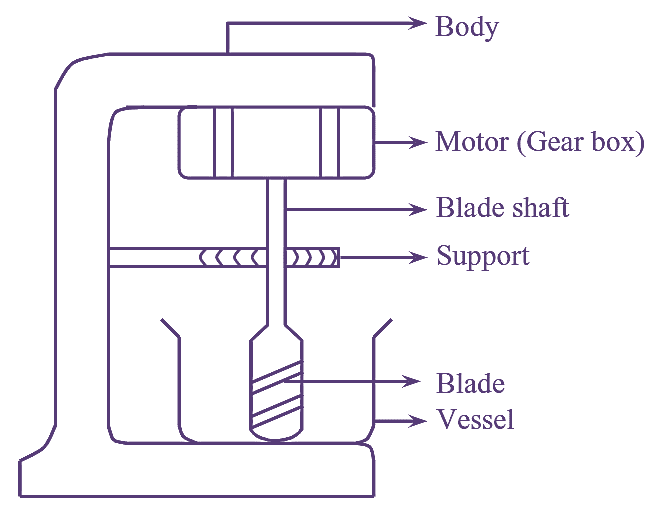
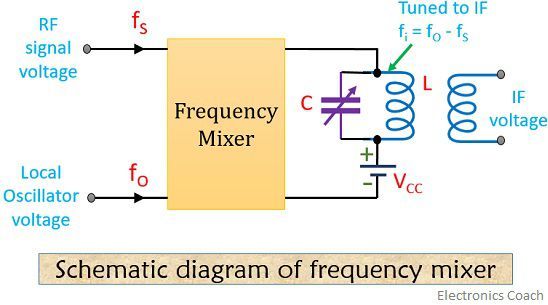
Examples of design considerations for mixers in different applications
Here are some examples of design considerations for mixers in different applications:
RF Communication Systems:
- Frequency range and bandwidth requirements
- Desired level of signal isolation and spurious signal rejection
- Desired level of image rejection
- Power consumption constraints
- Ability to operate in harsh environments, such as high temperatures or high radiation environments
Audio Systems:
- Audio fidelity requirements, such as low distortion and noise
- Flexibility in adjusting the level and tone of different audio signals
- Ability to handle different input and output impedance levels
- Ability to handle different audio signal levels
Instrumentation:
- Ability to accurately process signals from sensors or other instruments
- Ability to minimize noise and distortion to ensure accurate measurements
- Frequency range and bandwidth requirements
- Linearity requirements to maintain accuracy over a wide dynamic range
- Ability to handle different input and output impedance levels
Test and Measurement:
- Frequency range and bandwidth requirements
- Ability to accurately measure signal characteristics, such as frequency, amplitude, and phase
- Linearity requirements to maintain accuracy over a wide dynamic range
- Ability to handle different input and output impedance levels
- Ability to handle different signal levels and types, such as analog and digital signals
Overall, the specific design considerations for mixers in different applications will depend on the requirements and constraints of the application. It is important to carefully consider these design considerations and optimize the mixer design accordingly to ensure that the electronic system performs as intended and achieves the desired level of performance.
V. Conclusion
Summary of the advantages and disadvantages of mixers
Advantages:
- Frequency translation: Mixers can shift the frequency of a signal to a different frequency range, which is useful in many applications such as frequency upconversion, downconversion, and image rejection.
- Signal isolation: Mixers can be used to isolate a signal from another, which is important in communication systems to avoid interference between different signals.
- Signal processing: Mixers can perform signal processing operations, such as filtering and amplification, to improve the quality of the output signal.
- Multiplexing: Mixers can be used to combine multiple signals into a single output, which is useful for multiplexing applications.
Disadvantages:
- Non-linear distortion: Mixers are non-linear devices, which means that they can introduce distortion to the output signal. This distortion can affect the quality of the signal and introduce unwanted noise.
- Phase noise: Mixers can introduce phase noise to the output signal, which can affect the stability and accuracy of the signal.
- Spurious signals: Mixers can generate spurious signals at unwanted frequencies, which can interfere with other signals in the system.
- Power consumption: Mixers require power to operate, which can be a disadvantage in low-power applications.
Overall, mixers are versatile devices that are essential in many applications. However, their non-linear behavior and potential for distortion and interference require careful design and optimization for specific applications.
Importance of understanding the design considerations for mixers in different applications.
Understanding the design considerations for mixers in different applications is important for several reasons:
- Optimal Performance: By understanding the specific requirements and constraints of a given application, a designer can select and optimize the mixer design to achieve optimal performance. This can include minimizing distortion, noise, and interference while maximizing signal fidelity and sensitivity.
- Cost Efficiency: Understanding the design considerations for mixers in different applications can also help minimize costs by selecting the appropriate design that meets the application requirements without unnecessary features or complexity.
- Compatibility: Different applications require different mixer designs. A mixer that is well-suited for one application may not be suitable for another. Understanding the design considerations for mixers in different applications ensures that the mixer design is compatible with the requirements and constraints of the application.
- Reliability: A poorly designed mixer can cause system failures and degrade performance, leading to loss of productivity and revenue. Understanding the design considerations for mixers in different applications can help designers ensure that the mixer is reliable and robust, even in challenging operating environments.
- Future Proofing: By understanding the design considerations for mixers in different applications, a designer can select a design that is flexible and adaptable to future changes and upgrades in the system or application.
Overall, understanding the design considerations for mixers in different applications is essential to ensure that the mixer performs optimally, is cost-efficient, reliable, and compatible with the application requirements and constraints.
References:
- Mixer Basics Primer: A Tutorial for RF & Microwave Mixers by Marki Microwave
- RF Mixers and Frequency Conversion by Trevor Marshall, IEEE Communications Society Education
- Fundamentals of Mixer Design by Marki Microwave
- A Guide to Mixer Selection for the RF/Microwave Designer by Mini-Circuits
- Understanding Mixers and Their Parameters by Rohde & Schwarz
- Mixers: Terminology, Technology, and Topologies by Analog Devices
- Microwave Mixers: Basics and Limitations by Ali Darwish and Ke Wu, IEEE Microwave Magazine
- High Frequency Mixer Selection by RF Design Magazine
These references provide in-depth information about mixers, including their advantages and disadvantages, design considerations, and performance characteristics. They cover a range of applications and are written by experts in the field of RF and microwave engineering.
About LKMixer
LKMixer is a professional manufacturer for fertilizer production line, grinder, mixer and granulator, shredder. These machines are widely used in food, pharmaceutical, cosmetic, health care products and chemical industries. The Food materials like Peanut, mushroom, seeds, potato, bean, tobacco, salt, cannabis, tea, Sugar, corn, Coffee, rice, pepper, grain as so on. Grinders have many types such as Pulse Dust Grinder which suitable for zero pollution environment, Turbine Mill which is suitable for coffee bean, 12-120mesh all can meet, Ultrafine Grinding Mill covers 80-200mesh, and also Winnowing Dust Grinder or other grinding machines like SF Hammer. Welcome to contact us for details. Contact us for more information. Proposal, catalog, quotation. Mobile/WhatsApp: +86 18019763531 Tel: +86 21 66037855 Email: sales@lkmixer.com

